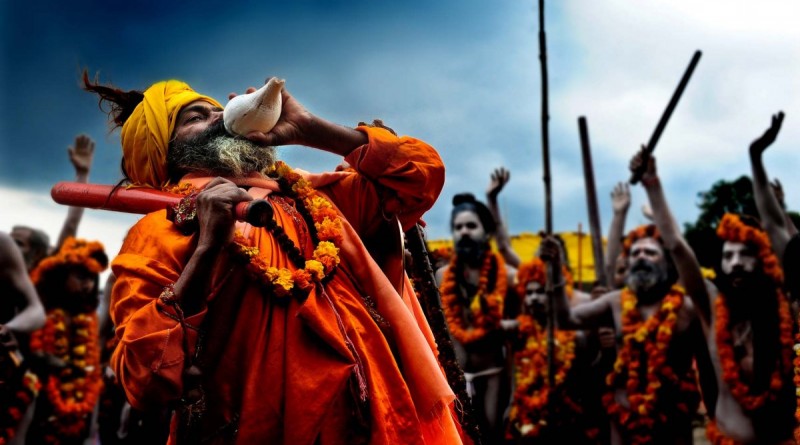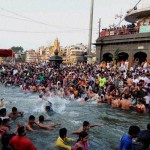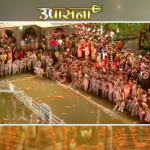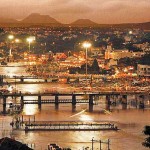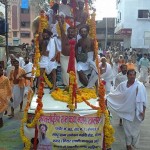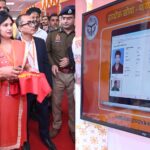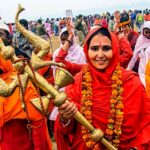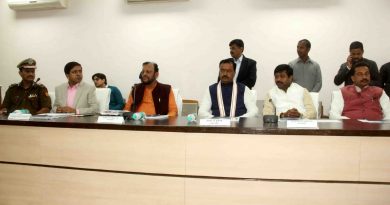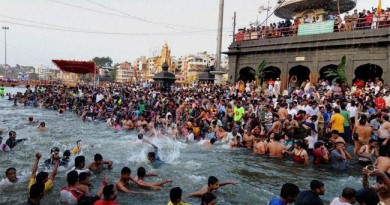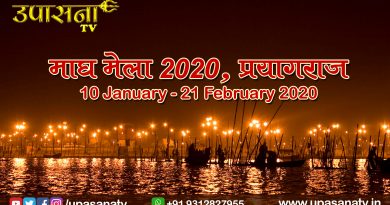Simhastha Kumbh Mela 2015, Nashik-Trimbakeshwar Begins Today
India’s one of the biggest Hindu festivals, Kumbh Mela, began on Tuesday morning with the traditional flag hoisting as the chief guests, Union Home Minister Rajnath Singh and Maharashtra Chief Minister Devendra Fadanvis, presided over the event in Nashik district.
Singh and Maharashtra Women and Child Welfare Minister Pankaja Munde inaugurated the event in Trimbakeshwar town, while Fadnavis presided over the ceremony in Nashik.
The flag-hoisting ceremony, organised by Nashik Ganga Godavari Panchkothi Purohit Sangh and Trimbakeshwar Purohit Sangh, was held at 6:16 am at Ramkunda in Nashik city and at Kushvarta Teerth in neighbouring temple town of Trimbakeshwar.
Nashik Kumbh Mela 2015
The Nashik Kumbh Mela, held every 12 years in the district, will conclude on 25 September (58 days). More than 10 crore pilgrims and sadhus are expected to come to Nashik to take a holy dip in the Godavari River and wash away their sins in the sacred river.
The number of pilgrims at the ghats will see a massive rise during Shahi Snan or royal bath. In Nashik, the royal bath or shahi snan will take place on 29 August, and 13 and 18 September. On the other hand, in Trimbakeshwar, people will go for the shahi snan on 29 August and 13 and 25 September.
For the shahi snan, at least one crore people are expected to visit Nashik, while 20 to 25 lakh people to arrive at Trimbakeshwar.
To prevent any unfortunate incident, the state government has made all the necessary arrangements, from basic necessities to safety.
The civic body has set up tents over 315 acres of land for sadhus and the place has been named Sadhu-Gram. It has also been equipped with temporary toilets, 24-hour drinking water, LPG cylinders and electricity.
In Nashik, the sadhu-gram has been set up for the followers of Vaishnav sect and Nirmohi, Nirwani and Digambar akhadas, while the sadhu-gram in Trimbakeshwar has been set up for the followers of Shaiva sect, including Naga sadhus.
The police have done a micro-planning for security, especially for avoiding stampedes in the two cities and on the banks of Godavari. City Police Commissioner S Jagannathan and Superintendent of Police Sanjay Mohite are keeping a close watch on the situation. Moreover, at least 15,000 policemen will be deployed at the ghats on days when the population is expected to rise.
History of Kumbh Mela and why is it celebrated
The origin of Kumbh Mela, celebrated every third year in four different locations in rotation, dates back to the days of Gods (Devtas) and Asuras, according to the Hindu mythology, including the Vedic scriptures.
The word Kumbh is derived from the immortal Pot of Nectar that was churned out from the ocean of milk, Ksheera Sagara, by devtas and asuras.
According to Puranas, the Devtas (Gods or male deities) had lost all their power and strength after Durvasa Muni cursed them all. In order to get back their strength, the Devtas went to Lord Brahma and Lord Shiva, who directed them to Lord Vishnu.
Lord Vishnu asked the devtas to churn the ocean of milk to get the amrit (nectar of immortality), for which the deities made an agreement with the asuras. The deities promised the asuras that the nectar will be shared equally among the asuras and the devtas if they work together to churn out the amrit from the ocean.
After several years of churning the ocean of milk, which is called Samudra manthan, Dhanvantari appeared with a Pot of Nectar or Kumbh containing the amrit. However, the mythological text suggests that a war began soon after the Devtas failed to stand by their promise of sharing the immortality nectar with the asuras.
A battle for the nectar was fought for 12 days and 12 nights (12 days for Gods is considered equivalent to 12 years for humans) between the deities and asuras.
During this battle, which was won by the Gods, the nectar from the Kumbh or Pot is believed to have dropped a few drops of nectar at four places: at the Sangam of Ganges, Yamuna, and Saraswati in Allahabad, the banks of river Ganges in Haridwar, river Godavari in Nasik, river Kshipra in Ujjain.
Since then, these four places are believed to have acquired mystical power and spirituality. Henceforth, people from across the nation go to each of these places, where Kumbh Mela is celebrated after every 12 years, to attain salvation and moksha.
Related Articles
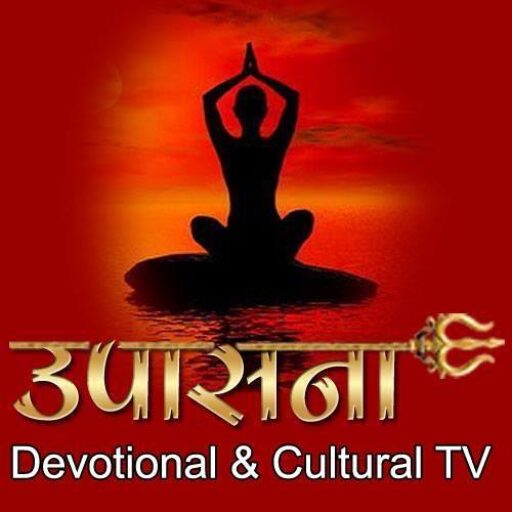
उपासना टीवी, दिल्ली एनसीआर से संचालित प्रतिष्ठित धार्मिक हिंदी मीडिया संसथान है। जो विगत 13 वर्षों से धर्म और सांस्कृतिक मीडिया में अग्रसर है। उपासना टीवी में हम आपकी धार्मिक समाचार को प्रकाशित करते हैं। आप अपनी खबरें और सुझाव हमें upasana.tv@gmail.com पर भेज सकते हैं या 9312827955 पर Whatsapp और 7011103242 पर Call कर सकते हैं।

